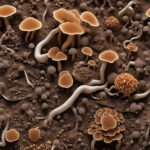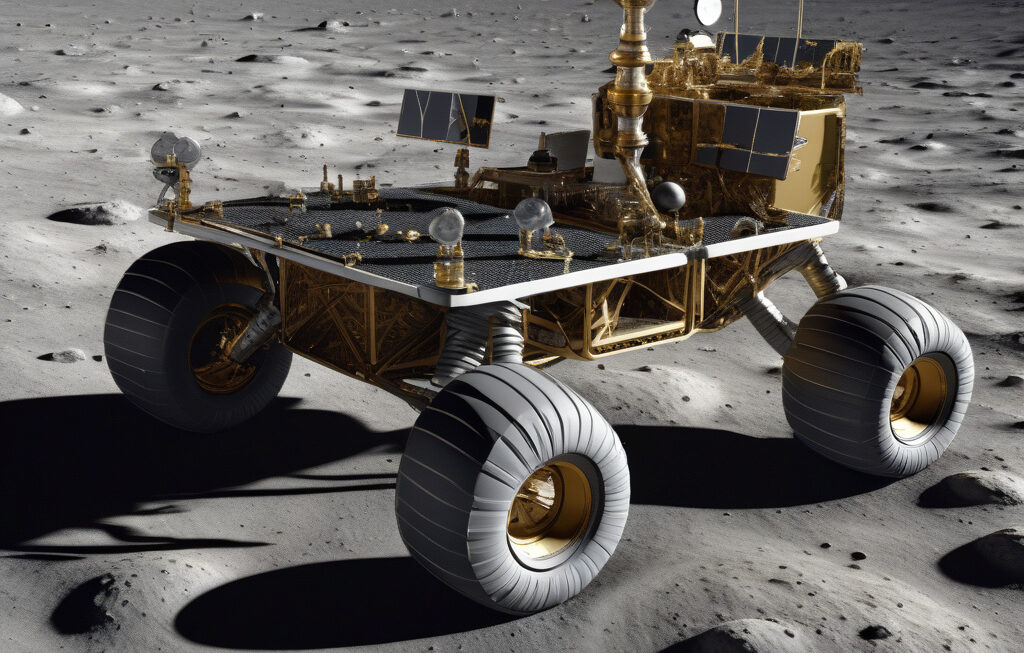Earth’s Oceans Could Go Purple in Future, Were Green 3.8 Billion Years Ago: Study
Japanese researchers made a compelling link between the color of the ocean and water chemistry. The study suggests that Earth’s oceans could potentially turn purple in the future, a drastic shift from their original green hue 3.8 billion years ago. This groundbreaking research sheds light on the ever-changing nature of our planet’s marine environments and the factors that influence their colors.
The color of the ocean is not just a matter of aesthetics; it is deeply intertwined with the composition of marine life and the Earth’s overall ecosystem. The study conducted by Japanese researchers reveals that the ancient oceans were likely green due to the presence of iron compounds in the water. These compounds, known as ferrous iron, interacted with phosphorus to create a green hue that dominated the seas billions of years ago.
However, as the Earth’s environment evolved and oxygen levels increased, the oceans underwent a significant transformation. The researchers found that as oxygen levels rose, the iron compounds in the oceans oxidized, leading to a decrease in ferrous iron and a potential shift in the color of the water from green to purple. This phenomenon offers a glimpse into the dynamic nature of our planet’s oceans and the intricate balance of chemical reactions that dictate their appearance.
The implications of this study extend beyond the realm of oceanic aesthetics. Understanding the relationship between water chemistry and ocean color can provide valuable insights into the health of marine ecosystems and the impact of environmental changes. As the Earth continues to face challenges such as climate change and pollution, monitoring the color of the oceans could serve as an early indicator of underlying shifts in water chemistry and ecosystem dynamics.
Moreover, the potential for Earth’s oceans to turn purple in the future raises intriguing questions about the adaptability of marine life. How will organisms respond to such a dramatic change in their environment? Will the shift in ocean color have cascading effects on food chains and biodiversity? These are crucial questions that warrant further investigation and highlight the interconnectedness of all life forms on our planet.
In conclusion, the study conducted by Japanese researchers offers a fascinating glimpse into the past, present, and future of Earth’s oceans. By unraveling the link between water chemistry and ocean color, we gain a deeper appreciation for the complexity of marine ecosystems and the forces that shape them. As we navigate an era of rapid environmental change, studies like these remind us of the importance of preserving the delicate balance of our planet’s natural systems.
oceans, purple, green, water chemistry, Japanese researchers












